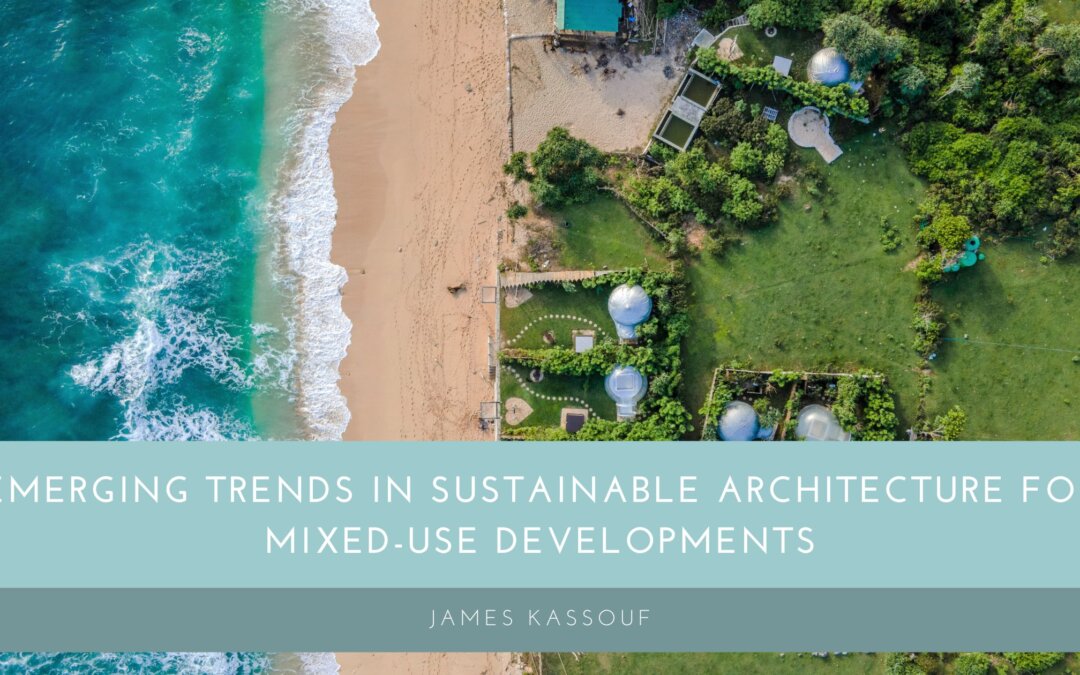Architecture has recently witnessed a paradigm shift towards sustainability, driven by a growing awareness of environmental issues and the need for responsible urban development. This shift is particularly evident in mixed-use developments, where architects and designers increasingly incorporate sustainable practices to create more resilient and environmentally friendly spaces.
Green Roofs & Walls
One prominent trend in sustainable architecture for mixed-use developments is the integration of green roofs and walls. Green roofs, covered with vegetation, and green walls, adorned with plants, serve multiple purposes. They act as natural insulators, reducing the energy consumption needed for heating and cooling within the buildings. Moreover, they contribute to biodiversity, provide a visually appealing aesthetic, and improve air quality by capturing pollutants.
Energy Alternatives
Another noteworthy trend is the emphasis on energy efficiency and renewable energy sources. Sustainable mixed-use developments are increasingly designed to minimize carbon footprint by incorporating energy-efficient technologies and harnessing renewable energy. This includes integrating solar panels, wind turbines, and other renewable energy systems to generate clean energy on-site. Additionally, smart building technologies are being implemented to optimize energy usage through advanced monitoring and control systems, ensuring that energy is utilized more efficiently within mixed-use developments.
Water Management
Innovative water management strategies, such as rainwater harvesting, greywater recycling, and porous surfaces, are being employed to reduce water consumption and minimize the impact on local water resources. By implementing these strategies, mixed-use developments can contribute to water conservation, a precious resource becoming increasingly scarce in many urban areas.
Adaptive Reuse
The concept of “adaptive reuse” is also becoming more prevalent in sustainable architecture for mixed-use developments. Rather than demolishing existing structures, architects are repurposing and revitalizing old buildings for new uses. This approach not only preserves existing structures’ cultural and historical value but also reduces the environmental impact associated with construction and demolition. Adaptive reuse aligns with sustainability principles by promoting resource efficiency and minimizing waste.
Smart and Green Infrastructure
Furthermore, integrating smart and green infrastructure is shaping the future of mixed-use developments. Smart cities leverage technology to enhance residents’ quality of life and improve urban systems’ efficiency. Sustainable mixed-use developments are adopting these smart technologies, including IoT (Internet of Things) devices, sensor networks, and data analytics, to optimize energy usage, monitor air quality, manage waste, and enhance overall urban planning and management.
The emerging trends in sustainable architecture for mixed-use developments reflect a holistic approach to urban design that prioritizes environmental responsibility, energy efficiency, and a high quality of life for residents. As cities continue to grow and face the challenges of climate change, these trends will likely become even more integral to the future of urban development.

